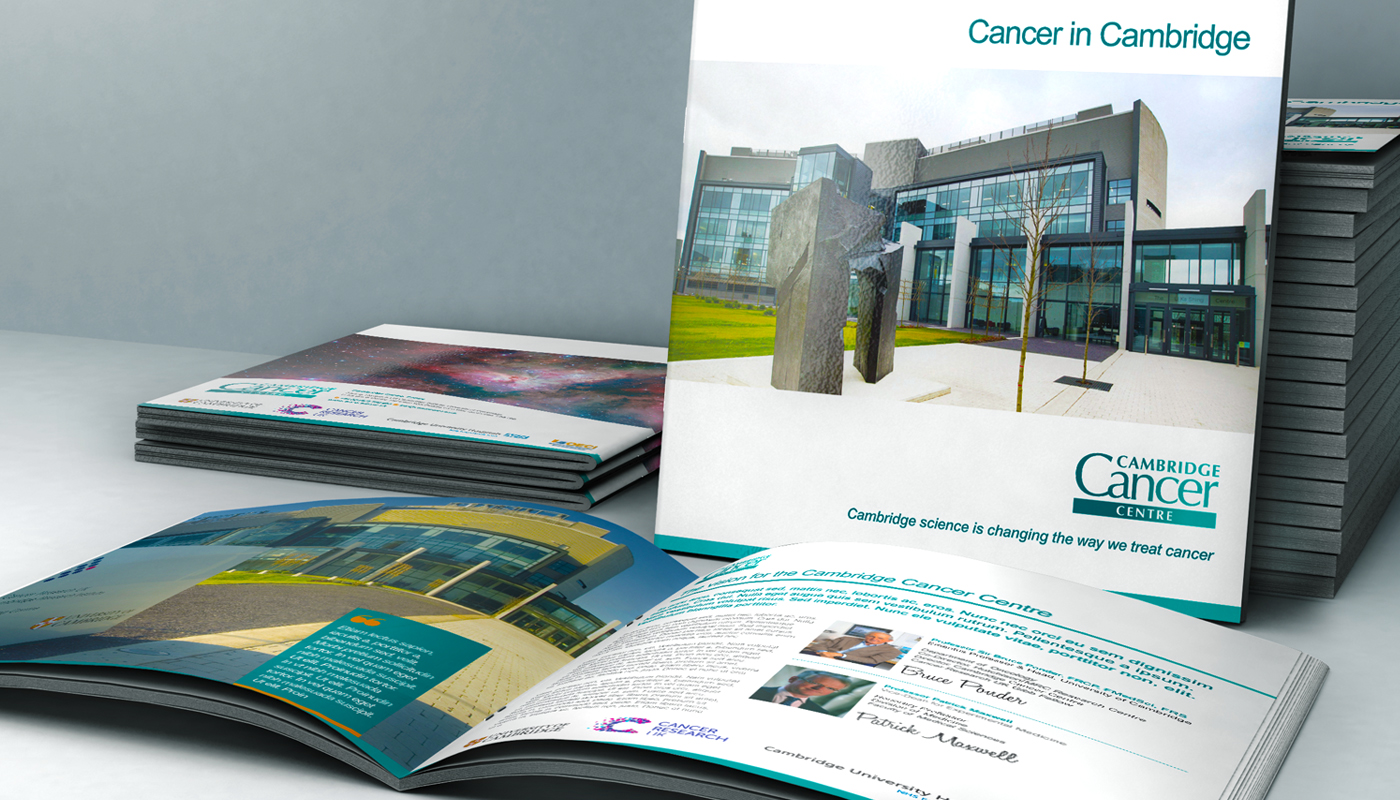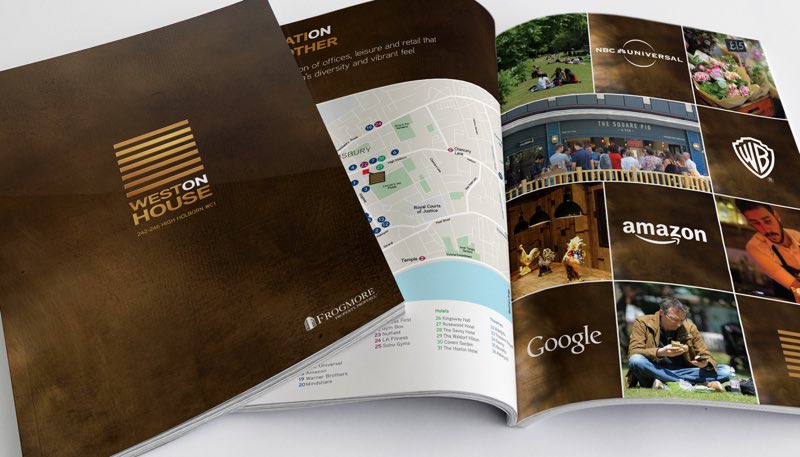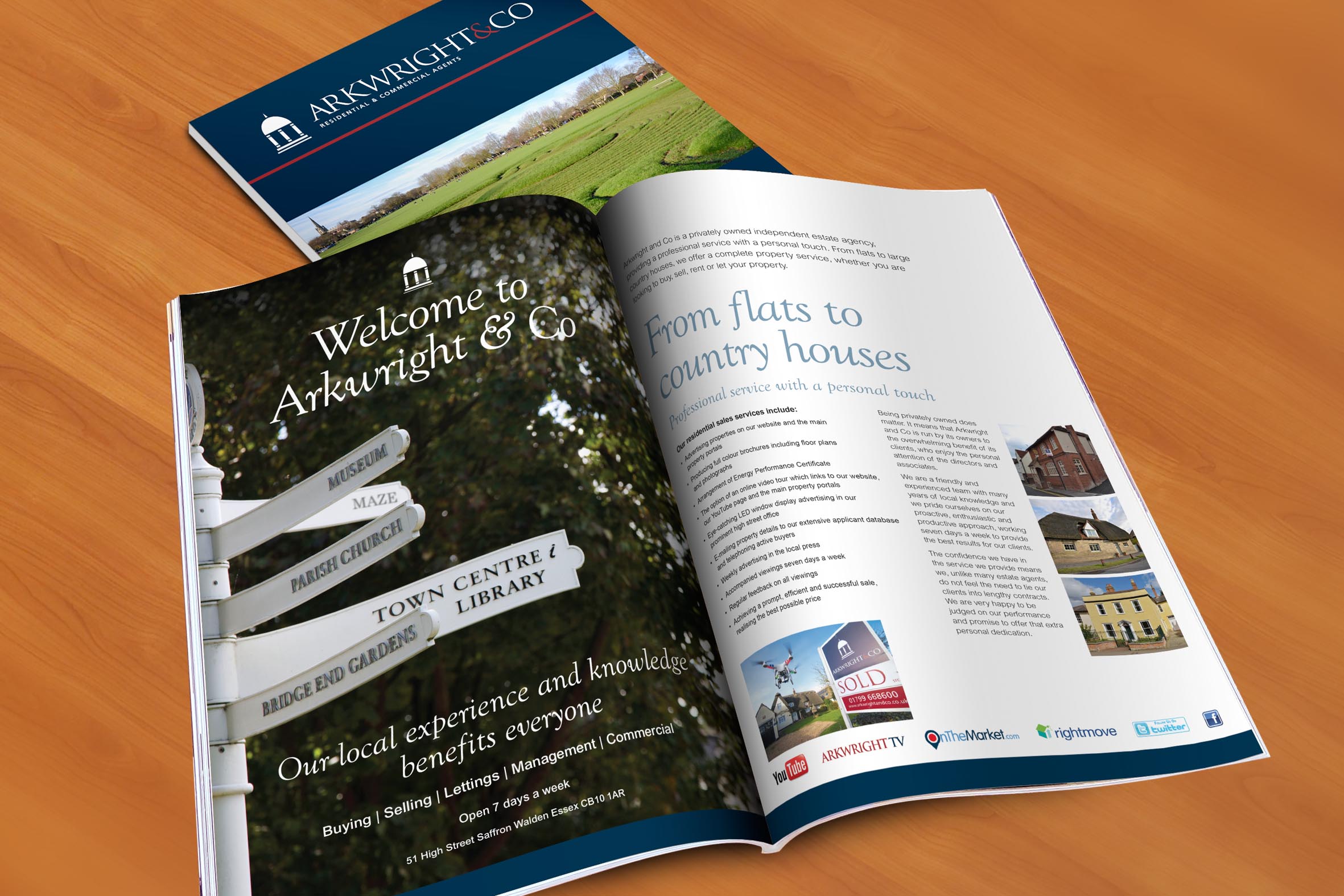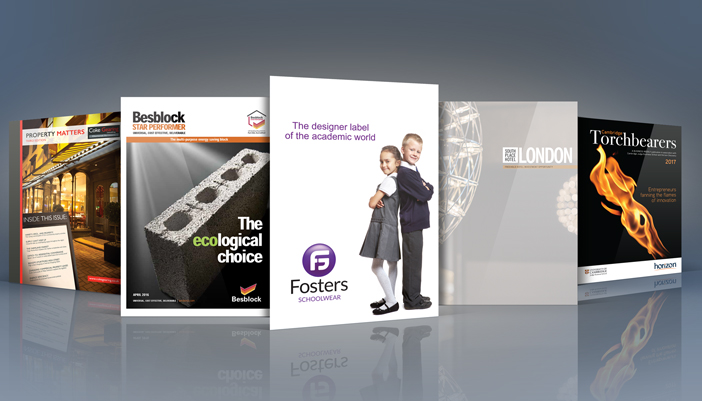Good question. Your website is effectively an on-line brochure, and for many it does the job just as well, if not better than hard copy: setting out your company information and introducing prospective clients to your products and services. It also has the advantage of being instantly updatable.
But ask any sales team if they can do without any printed support and you’ll get a very different response. They’ll tell you that in customer facing situations it can be indispensable. Here’s why:
1) It’s a conversation piece
Showing is better than telling in one-to-one sales, and short of a factory or showroom visit, a company brochure makes the ideal presentation tool and conversation piece. It walks and talks you through the sales pitch and you can make notes and jot down prices on it.
2) It’s a memory jogger
A printed brochure sits on your customer’s desk after you leave, where it serves as a constant reminder and reference point and can be easily filed for future reference. It’s true you could make a sales pitch on your tablet, or your phone, but you’re not going to leave it with them, are you?

3) It’s an exhibition giveaway
Distributed at a trade exhibition, a printed brochure is hard to beat, and better than a web address that they may or may not look up after the event. A brochure can also sit in a counter dispenser at your office or showroom, or be mailed out in response to customer enquiries, to help establish credibility.
4) It’s customer preferred
As a visit to your high street WH Smiths or Waterstones will confirm, the printed word is not going out of fashion any time soon, and between 40% – 60% of customers can prefer a hard copy to a digital version (depending on your market), so why miss out on any opportunity to engage with them?

So, given that a company brochure is a good investment, how do you go about creating one? There are three key elements: (a) Drafting the text; (b) Graphic design and photography, and (c) Production and print.
A) Drafting the Text
The logical approach is to ask yourself three questions: ‘Who are we?’, ‘What do we do?’ and ‘Why should customers come to us rather than our competitors?’ Write down the answers and you have your first draft. In a brochure, text should be simple and direct, and if technical matter needs to be included, kept in a separate box – or on a separate page.
At its best and most effective a brochure is more sales orientated than a website, with stronger sales messages. The ‘why’ is more important than the ‘who’ or ‘what’, so it is worth employing a professional copywriter to write some engaging sales headlines and fine-tune your draft into a persuasive text including some calls to action and establishing the right ‘tone of voice’.
B) Graphic Design & Photography
A brochure can be more of an immediate visual medium than a website (with no worries about images taking ages to download!) So take full advantage of the scope it offers you to make dramatic use of colour and photography. Brochure design is also a perfect opportunity to extend your brand by ensuring that graphics, typography and colourways reflect those you use in your company logo, website and other marketing materials and follows your brand guidelines.
A well designed brochure can significantly enhance your company’s prestige and credibility, so it’s always best to employ professional graphic designers and photographers whenever possible.

C) Production & Print
The first question to address here is format: will you go for a pocket sized gatefold DL brochure or a more substantial A4 brochure of 8, 12, 16 or more pages? Budget permitting, it’s probably a good idea to invest in both: the former for exhibition giveaways or counter dispensers, the latter to close the sale with hot prospects and send out to serious enquiries.
With traditional four colour process printing, the bigger the print run, the cheaper the unit price, so you benefit from economies of scale. But remember that you can’t update a brochure without a reprint, so be careful about including time sensitive information. With digital print this is much less of an issue and for a run of a couple of hundred units, this would probably be the best option. In fact, we quite often produce a short proofing run on a digital press, just to double check that everyone is happy with the finished result prior to printing the main body of work. And finally, proofread your brochure thoroughly before committing to print: any costly mistakes will be yours! Having said that, if you’re unsure about any aspect of the print and production process, get a professional agency to handle it for you.




